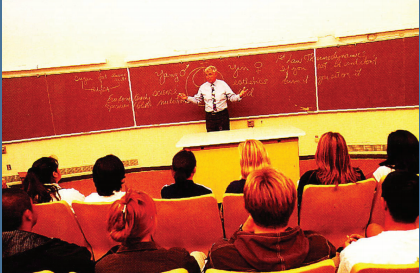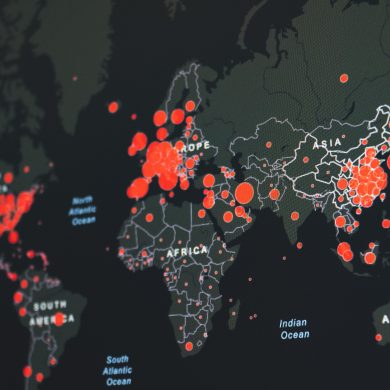By Vaishali Talwar | SQ Staff Writer | SQ Online (2013-14)
Picture the scene: In Natural Sciences 2E, students focus on preparing for their upcoming midterm. In class, someone asks the professor what the midterm would cover. The professor replies, “Everything.”
This is just a slice of the story about the interactions and the experiences of a student taking one of Dr. Paul Saltman’s courses. Dr. Paul Saltman was a distinguished professor of biology at UCSD for almost three decades and dedicated his life to teaching. He firmly believed that “teaching and learning must always be entwined and become one identity.” Dr. Saltman influenced many students as a teacher and a mentor.
Thomas Subia, who is now an engineer and statistician, was one of those students. In the start of our story, Thomas Subia was a student in that Natural Sciences class. He was apprehensive about taking a class in the sciences, a line of academics he had not done well in before. Even before taking the aforementioned Natural Sciences 2E course, he feared that he would struggle with the concepts.
During the first lecture, Dr. Saltman told the students to come by his office for any class related issue. Thomas found himself thinking whether fear of science was a class related issue or not. “This thought rolled around in my head for quite a while. I was very unsure of what to do. But something about Dr. Saltman compelled me to go to his office hours and talk to him about my fears, and I’m really glad I did,” Subia said.
When he told the professor about his fear, Dr. Saltman sat back in his chair and smiled. He told him that many of his other students had the same problem and that good grades in previous classes did not necessarily guarantee a good grade in this class. It was Dr. Saltman’s calm and approachable demeanor that gave Thomas the encouragement he needed to do well in the class.
At the end of the term, Thomas earned a B grade in the class, just short of an A. This newfound success in a course related to the sciences gave Thomas the confidence to pursue a career as an engineer and statistician. Thomas says that because of this he owes Paul Saltman a debt of gratitude that he will never be able to repay.
According to Thomas, something that was remarkable about Dr. Saltman was his sense of humor. “Once a student in our class declared that he could disprove the second law of thermodynamics. Dr. Saltman told him that if he indeed manage to do so, the student could be the head author of the paper and he, Dr. Saltman, would be proud to be the junior author,” Subia recalled. “This elicited a number of laughs from the class. That is what was special about Professor Saltman, he was never condescending.”
Another one of Dr. Saltman’s midterms had a question that perplexed the students. The question asked, “What is an empty calorie?” When asked what the question meant, Dr. Saltman merely laughed. He had included this tongue-in-cheek question in order to allow the students to take a breather during this particularly tough midterm.
“What I liked most about Dr. Saltman was that he treated all of us as colleagues. Even when he became vice chancellor, his office was always open, he’d be there for us,” Subia shared. “His office hours weren’t just about discussing coursework, he encouraged us to think and to question everything we saw. I guess that’s what has stayed with me all these years.”

outside of class to discuss school and their future plans.
To learn more about Dr. Saltman and his legacy read our dedication, “Picturing the Life of Paul Saltman.”


